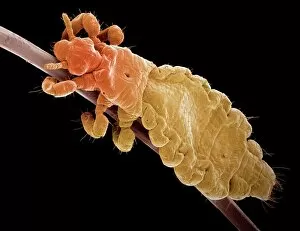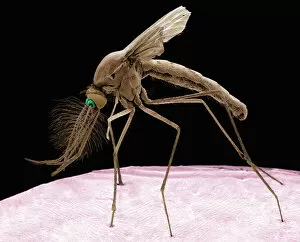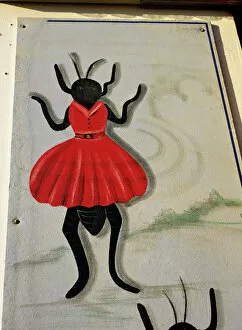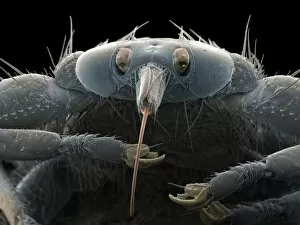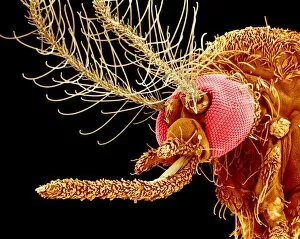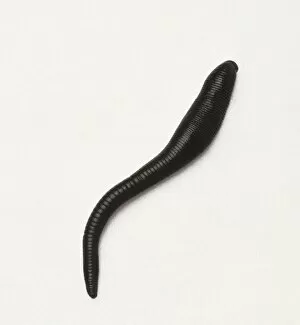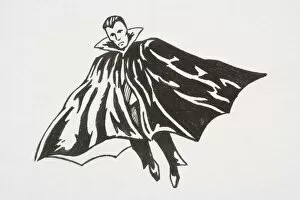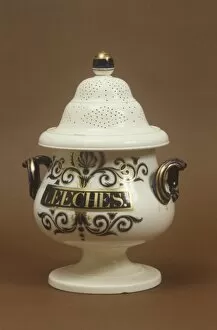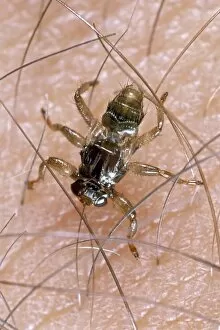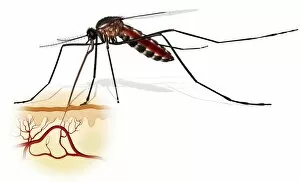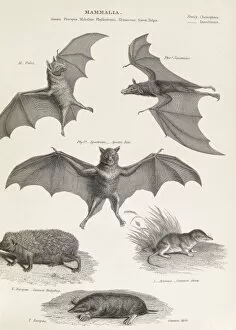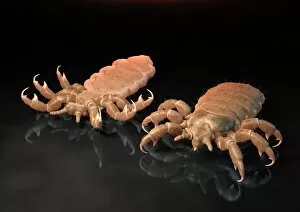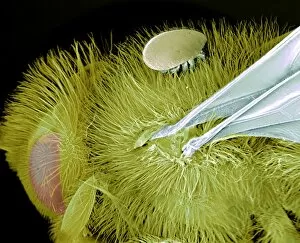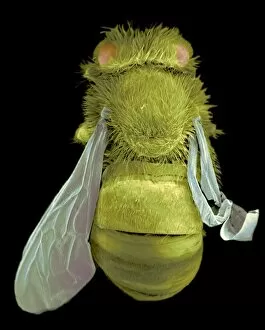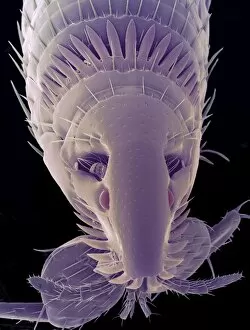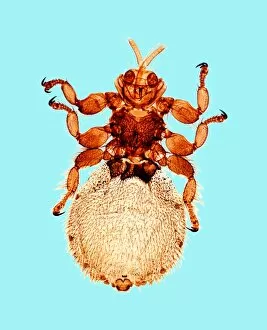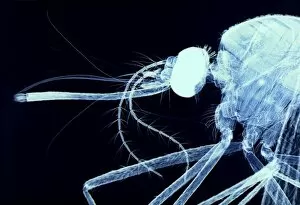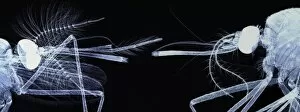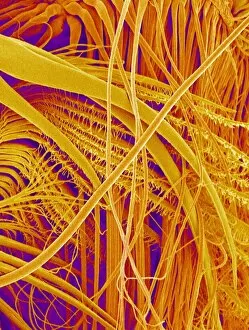Blood Sucking Collection
"Bloody Intruders: Unveiling the World Creatures" Meet the Culex Mosquito, a tiny but notorious bloodsucker captured under an SEM (Scanning Electron Microscope
For sale as Licensed Images
Choose your image, Select your licence and Download the media
"Bloody Intruders: Unveiling the World Creatures" Meet the Culex Mosquito, a tiny but notorious bloodsucker captured under an SEM (Scanning Electron Microscope). Its needle-like mouthparts are perfectly designed for extracting our precious life force. Head Lice, another infamous parasite that infests human scalps, reveal their grotesque appearance through an SEM image. These minuscule creatures survive by feasting on our blood and causing incessant itching. Step right up to witness the peculiar world of a Flea Circus. These agile acrobats may seem harmless, but they too rely on sucking blood from their hosts to survive and perform their daring stunts. Beware "The Liar, " a deceptive creature known for its ability to deceive its prey before striking with deadly precision. This venomous snake uses its fangs to inject potent toxins while simultaneously feeding on warm blood. Explore the ancient practice of medicinal leeches in medicine as you gaze upon an intriguing 19th-century jar filled with these slimy yet beneficial creatures. Their appetite for blood has been harnessed throughout history for therapeutic purposes. Delve into the intricate anatomy of female mosquitoes as we zoom in on their head under an SEM image. Witness how they use specialized mouthparts to pierce our skin and feast upon our vital fluids. Count Dracula emerges from the shadows, adorned in his pleated cape and high collar – a timeless symbol of vampiric allure associated with blood-sucking legends that have captivated us throughout literature and film. Discover Haemopsis sanguisuga, commonly known as Horse Leech – a fascinating creature often found lurking in freshwater habitats worldwide, using its powerful suction cups to latch onto unsuspecting victims' skin while indulging in their crimson essence. In this captivating SEM image, witness the intimate act of Fleas mating.

